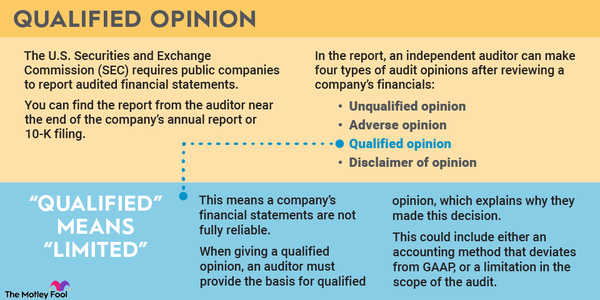There are many ways, neither ethical nor legal, to manipulate equity markets. Quote stuffing is one way and has been at the center of at least one modern controversy.

What is quote stuffing?
What is quote stuffing?
Simply put, quote stuffing is a trading practice wherein someone places a huge buy or sell order and immediately cancels it. This floods the pipeline and potentially deceives other traders who may see the enormous order as a signal to buy or sell. It's a relatively new phenomenon, made possible by modern technology and high-frequency trading.
Although high-frequency trading isn't technically illegal, quote stuffing, an offshoot of high-frequency trading, is against the law. High-frequency trading isn't done with the intent to manipulate markets, but quote stuffing is -- and there lies the ethical line.
Why would someone quote stuff?
Why would someone quote stuff?
The motivation for quote stuffing is as old as civilization: to make money at the others' expense. Because quote stuffing may involve not hundreds but rather hundreds of thousands of equity market buy or sell orders, it can cause serious ripples in markets. It's really only enormous investors who can use it, which limits its influence.
With quote stuffing, you can change the price of a security. That's especially true with one like a stock that responds quickly to market pressures.
When you look like you're about to buy a bunch of stocks, it can cause other systems held by large investors to predict that stock prices are about to rise. And that can prompt investors to buy ahead of the supposed increase. For example, if you wanted to unload a stock, you might get a bit more out of it by quote stuffing.
How quote stuffing works
How quote stuffing works
Quote stuffing is pretty simple in theory since it's largely done using computers. The goal is to confuse systems and traders and slow real-time price quotes to create price discrepancies. It can be done in a couple of ways: either within a single exchange or as a way to create an opportunity for arbitrage trading between two exchanges.
With the straightforward version of quote stuffing, you simply have your system place an incredibly large buy or sell order, depending on your goal. A sell order may push equities down, allowing you to buy at a discount because others will follow your system. On the other hand, a buy order can cause equities to rise, allowing you to unload an equity for far more than it's worth.
When you use more than one exchange in your quote stuffing, it gets a lot more complicated. Arbitrage trading is a technique wherein traders buy a stock offered at a slightly lower price on one exchange and then sell it on another exchange where it's slightly higher. It's totally legal. But when you create the disparity by manipulating one or both exchanges, that's quote stuffing.
The 2010 Flash Crash
What was the 2010 Flash Crash?
On May 6, 2010, the Dow Jones Industrial Average fell 1,000 points within a few minutes before rebounding almost entirely during a "flash crash." The initial investigation focused on high-frequency trading because of how deep and fast the crash occurred.
In a speech, Gregg E. Berman, a U.S. Securities and Exchange Commission senior advisor, said quote stuffing by a single large trader who sold 75,000 contracts between 2:32 p.m. and 2:51 p.m. that day was the suspected cause.
Many traders told Berman and his team that they saw the dramatic plunge that discounted solid stocks like Proctor & Gamble (PG -0.78%) by 36% over the course of a few minutes. However, they were so confused by what they saw that they weren't willing to step in and buy, further feeding the suspicion that quote stuffing was involved.
Although the 2010 flash crash was ultimately traced to a London-based futures trader, it also led to more safeguards and rules surrounding high-frequency trading and quote stuffing. The new protections have helped to shield equity markets against this kind of dramatic event, although flash crashes are still believed to happen daily at minuscule scales.



